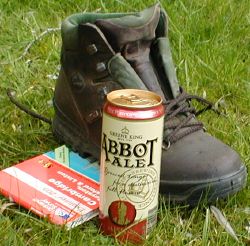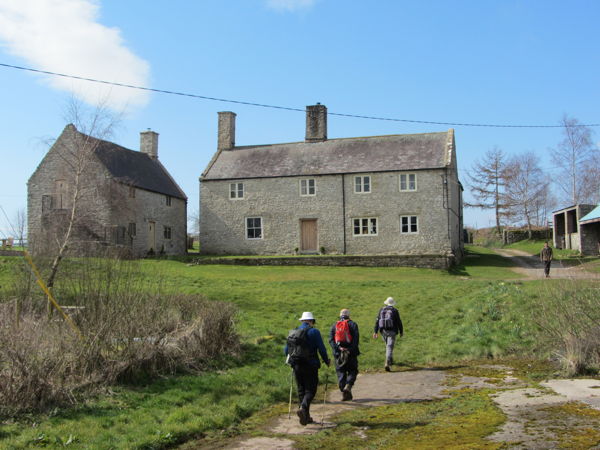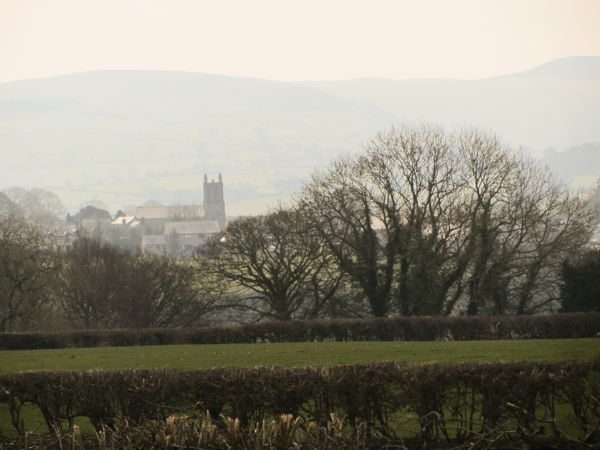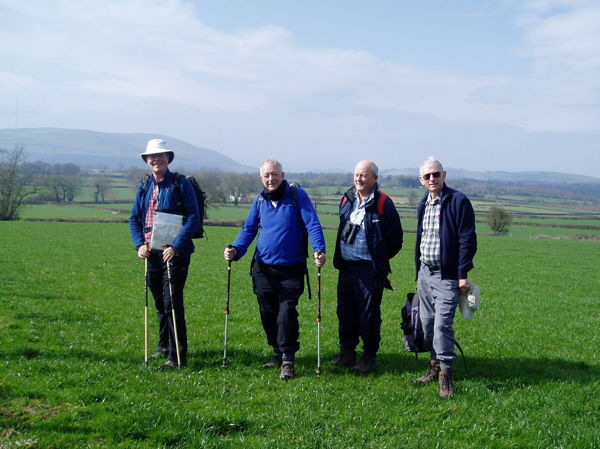
FLINTSHIRE
INDEX
______________
Farm Cottages near Caerwyn

Old Flintshire featured the main county plus an "exclave" or area separate yet still officially part of the county. We resolved to do two short walks, one in each piece of old Flintshire.
We take lunch at The Cross Foxes at Overton Bridge and start our walk from the church at Overton, which is famed for its ancient (up to 1500 years old) yew tree.
The walk by the river Dee starts pleasantly then veers uphill by way of an extremely boggy area where Duncan, trying to maintain balance in the mud, sprains his finger.
On to The Druid in Llanferres, a very welcoming Inn, for a good meal (excellent seafood chowder), several beers, some dowsing of fingers in ice, a conversation with the landlady who had once run a pub in our area and a good night's sleep.
Outside it is wild and woolly and we are grateful to be indoors, though irritated to find the weather is fine at home.
Next day it is wet and with low cloud and the plan is to walk in Denbighshire, around Llangollen.

On to Sunday and we leave The Druid and head to another part of Flintshire for the second walk, this time from Caerwys to Babell, near Ysceifiog and back for lunch at the Piccadilly Inn at Caerwys (featuring brass snakes and other creatures on its taps!)
This is a good and varied walk and the weather is kind, dry and warm though muddy in places. Young lambs are in the fields and the blossom is out. Caerwys is reputedly the smallest town in Wales and was a hub of livestock and drovers' routes. It is not uncommon, however, to find tumbledown farm buildings, signs of the general move off the land. Two of these, beautifully renovated feature in our picture, top. The owner tells us that they were lived in by Dr Thomas Wynne (1627-1691), a Quaker, who helped establish Pennsylvania with Willam Penn.

We had a good Sunday lunch at The Piccadilly which appears to be a small traditional pub from the outside but expands enormously out to the back.